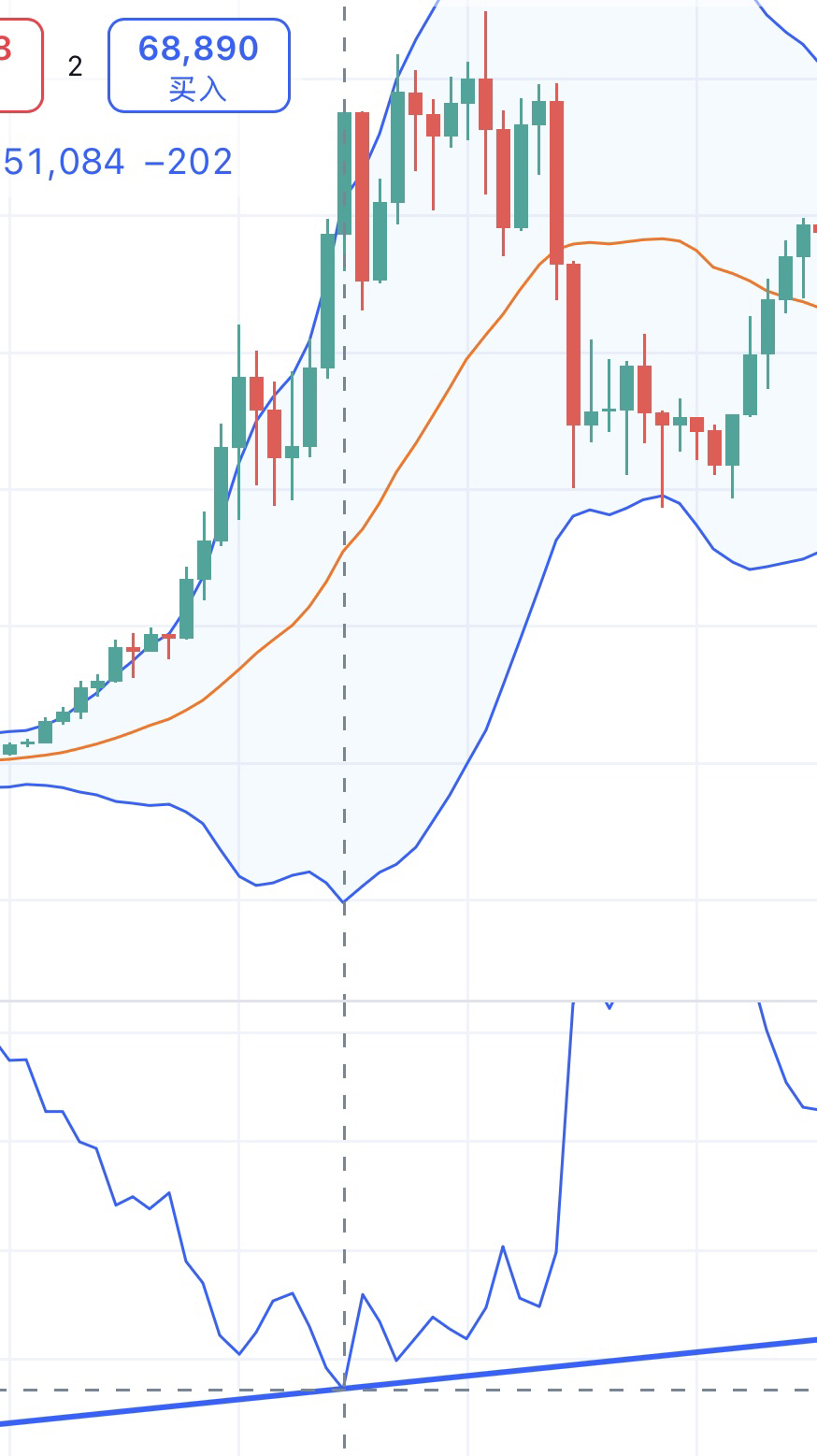Weekly level crashes triggered by liquidity exhaustion are all super crashes, different from ordinary weekly level drops.
A super crash either does not break the lower weekly line or adjusts at the bottom for several months, all to obtain liquidity.
The following are typical historical occurrences of weekly level crashes triggered by liquidity exhaustion, for reference.
1, 312

The rebound after the small bull peak, liquidity exhaustion, triggered a major drop at the weekly level after reaching the upper weekly line of 10,500, directly breaking the lower weekly line, very deep, with a drop exceeding 50%.
2, 519

At the end of a bull market, liquidity becomes scarce again, triggering a major drop and washing out, with the bottom washing out for more than two months, with a maximum drop exceeding 50%.
3, 805

This year, after the peak of the small bull market, liquidity was exhausted again, leading to a major drop at the weekly level and a sustained washout at the bottom for more than two months, with a maximum drop of 34%. Fortunately, with the support of US stocks, the drop was not so deep.
This is also an important reason why I was bearish in March.
4, currently

Currently, there is still some liquidity, so the probability of a major drop or crash at the weekly level is relatively low. However, since it has touched the upper weekly line, we must also be cautious. A typical weekly-level drop would just touch the lower weekly line, followed by a rebound.
If subsequent quantitative easing occurs and liquidity significantly improves, then after a few months of fluctuations, it is possible to directly start the bull market attack process, so the probability of an upward fluctuation is high.
It is still early, there is still liquidity, so the probability of a violent drop within a month is very low. The more likely scenario is repeated fluctuations at the top, waiting for liquidity to recover and rise. During the rise, a three-day line pullback is allowed to obtain liquidity.
Above! $BTC




